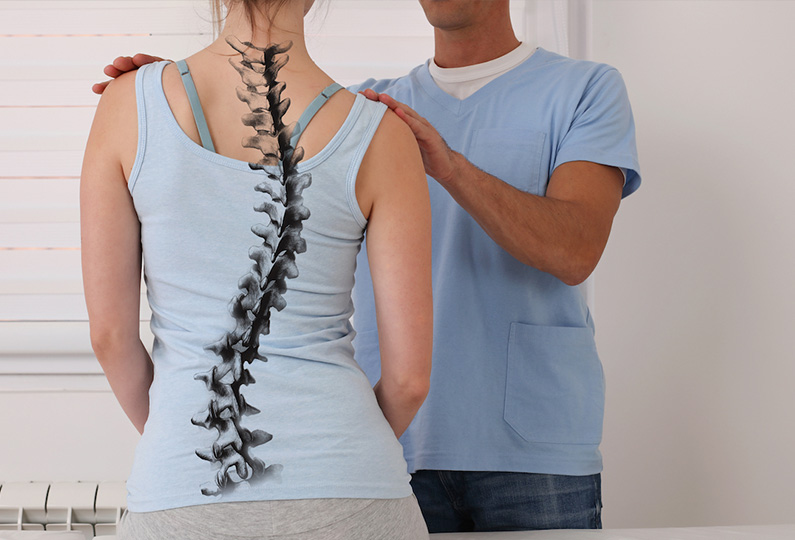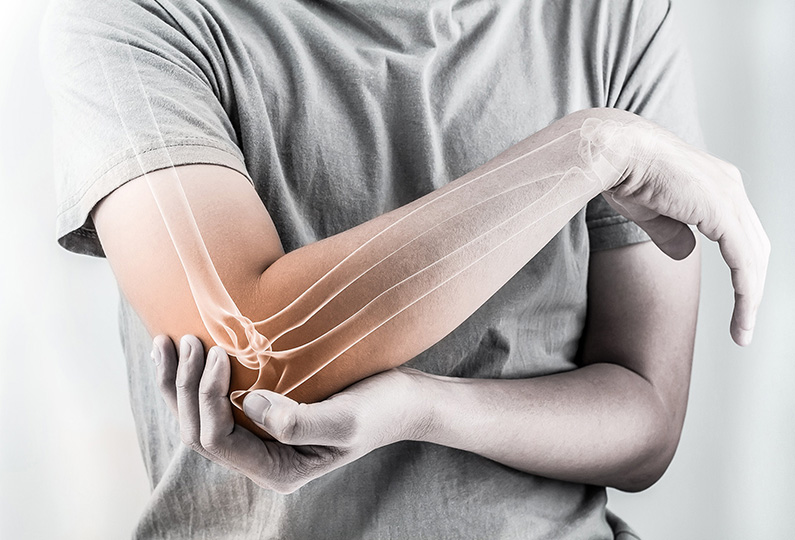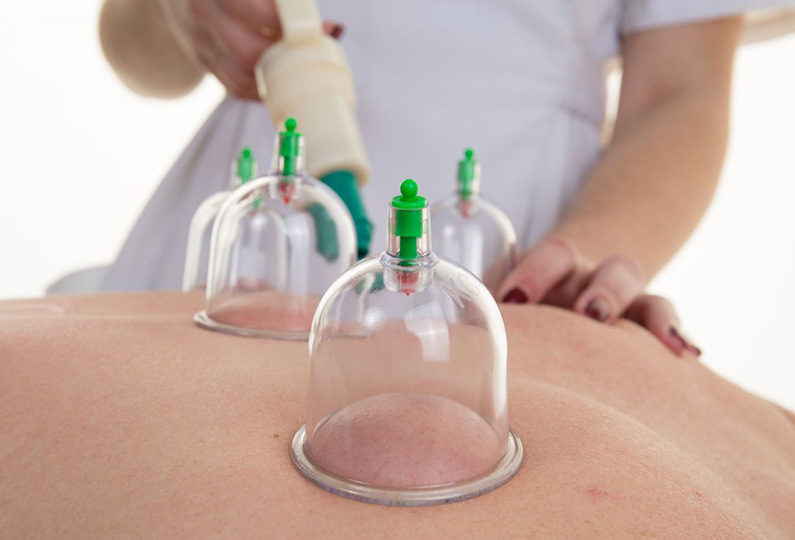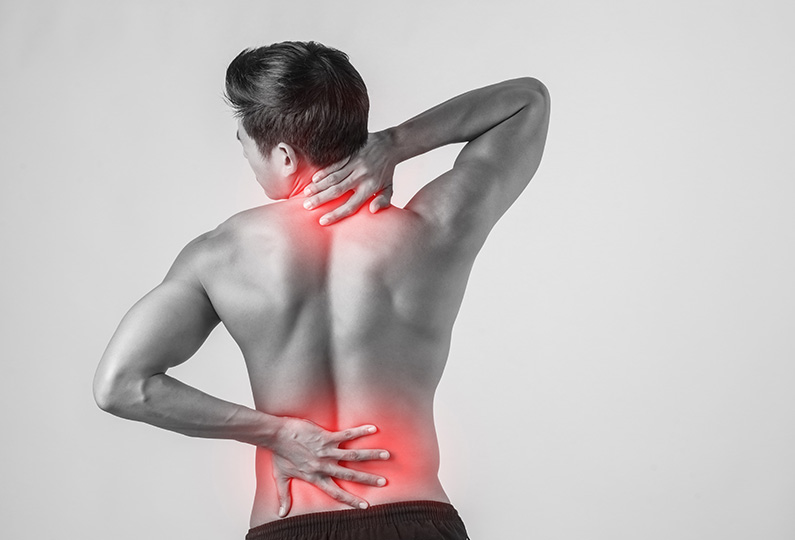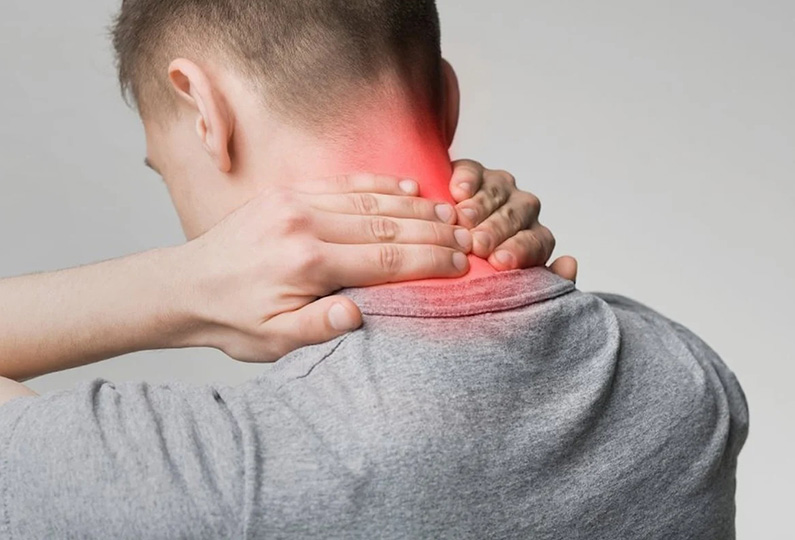Lumbar Hernia
Lumbar Hernia
Between the bones of the spine, there are jelly-like structures called discs that prevent the vertebrae from rubbing against each other and allow the vertebrae to move freely.
A herniated disc occurs when these discs between the 5 vertebrae that make up the lumbar spine wear out, tear or slip out of place due to various reasons, compressing the spinal cord and the nerves near the spinal cord.
Why does a herniated disc occur?
The fluid content in the discs between the vertebrae decreases over time and with age. This reduces the durability of the disc against loads. Exposure to uncontrolled sudden waist movements, prolonged standing, sitting, falling, bumping, heavy lifting, etc. can cause ruptures in the disc and herniated discs may form.
Although herniated discs are more common in middle-aged and older people, they can also be seen in young people and children. It occurs at the same rates in men and women. Being overweight is an important risk factor for herniated discs. In addition, smoking disrupts the nutrition of the discs, causing fluid loss and increasing the risk of herniated discs. It also prolongs the healing process. Other risk factors for herniated discs include working at a desk for long periods of time, driving for long periods of time, leading a sedentary life, engaging in movements and activities that strain the spine and practicing inappropriate sports.
What are the Symptoms of Lumbar Hernia?
- Back and leg pains,
- Numbness, tingling sensation in the lower back and sometimes radiating to the legs,
- Loss of strength in severe cases
- Movement limitation,
- Gait disturbance
- Loss of sensation
- Incontinence of urine and large bladder (may occur as a result of hernia tissue pressing on the spinal cord and nerve roots),
How is a herniated disc diagnosed?
Herniated disc is diagnosed with imaging methods such as X-ray, MRI (magnetic resonance imaging) or CT (computed tomography) after a careful patient history and physical examination. In rare cases, a nerve examination called EMG (electromyography) may be needed.
What should you do to avoid a herniated disc?
The first rule to avoid a herniated disc is not to gain weight. Because excessive weight increases the pressure on the lumbar vertebrae and greatly increases the risk of herniated discs. Another reason is a sedentary life. People who exercise regularly, especially those with developed waist and abdominal muscles, are much less likely to suffer from herniated discs. Because not only the spine carries the burden of our body. The function of the abdominal muscles and the muscles along the spine in the entire back and lower back are also of great importance in carrying these loads. In cases such as not exercising regularly, the muscles do not become strong enough and the body weight that the muscles should carry falls on the spine and thus on the discs, causing herniated discs.
To prevent herniated discs, in addition to the above, it is necessary to act in accordance with the health of the spine in daily life. For example, when lifting a load from the floor, the knees should be bent and the load should be lifted in this way.
What are the Treatment Methods for Lumbar Hernia?
The first step in the treatment of herniated disc is rest. However, since it has been understood in recent years that prolonged rest may have negative effects in the treatment of herniated discs, it is important for the success of the treatment to keep rest and movement restriction as short as possible. In cases of very severe pain, short-term bed rest may be prescribed, but rest is mostly in the form of restricting movements that put stress on the spine.
During this period, painkillers and muscle relaxants are usually administered. Corsetry can be used for a short period of time in very rare cases when necessary.
Physical therapy methods play an important role in the treatment of herniated discs. For this purpose, some methods such as hot applications, ultrasound, laser, painkiller current treatments are applied.
In general, some special injections can be performed in patients who do not improve despite these treatments. When these injection treatments are performed correctly and by specialized physicians, the success rate is very high. These injection methods; Dry needling treatment (IMS), PRP treatment, OZON treatment, Mesotherapy, Prolotherapy, Cupping treatment. Which injection treatment will be applied to the patient is determined as a result of the physician examination in our clinic.
In some cases, epidural injections and nerve blocks can be performed in the lumbar region to relieve pain.
Exercises for herniated discs should be started early and should be an integral part of the treatment. Initially, the patient is trained to regulate activities of daily living and a program of stretching, stretching and posture exercises is initiated. In the next stage, as the pain decreases, endurance and strengthening exercises are started. The intensity of the exercises is adjusted according to the clinical condition of the patient.
When Should Lumbar Hernia Surgery Be Performed?
- Pain that does not go away despite physical therapy, medication and injections
- Loss of strength in the leg and/or foot (emergency surgery)
- Urinary incontinence and large bladder (emergency surgery)
- Atrophy (thinning) of muscles

